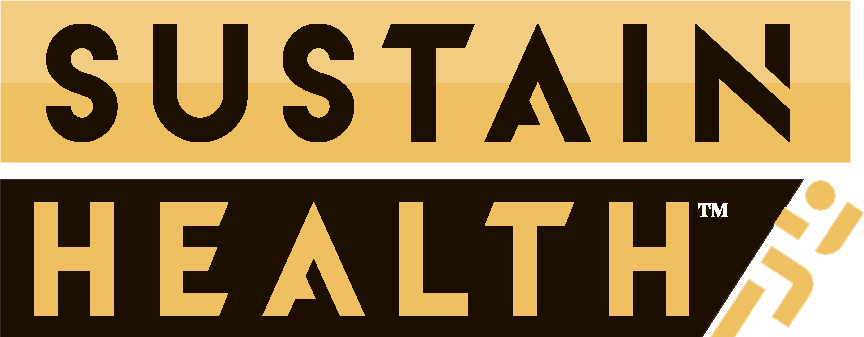As healthcare continues to evolve, technology has become a driving force behind improved patient care and operational efficiency.
In physical therapy, the introduction of Electronic Medical Records (EMRs) has brought significant changes to the way clinics function.
By digitising patient records and automating workflows, EMRs have streamlined processes, allowing therapists to focus more on patient care rather than administrative tasks.
Read on to find out how EMRs have boosted productivity, improved compliance with healthcare regulations, and enhanced overall clinic performance across the nation.
The Benefits of Physical Therapy EMR Systems
Enhanced Precision in Documentation
Gone are the days when medical professionals had to rely on handwritten notes, which were susceptible to mistakes and required manual organisation.
Thanks to the introduction of Electronic Medical Record (EMR) systems for physical therapy, the precision of documentation has greatly improved.
These systems allow therapists to input information directly into electronic records, reducing errors in transcription.
Efficient Process Flow
Physical therapy EMR systems come with various tools to make clinic operations smoother and more efficient.
These comprehensive systems automate tedious administrative responsibilities, from managing appointments to handling billing and inventory tasks.
Many physical therapy EMRs have user-friendly interfaces that allow therapists and clinic staff to navigate through different functions easily, saving them valuable time in the process.
Improving Teamwork and Communication
Effective communication is crucial in all medical environments, especially for teams made up of various disciplines working closely to provide comprehensive care to patients.
Physical therapy EMR systems enable cooperation among therapists, doctors, and other healthcare providers involved in a patient’s treatment process by offering secure messaging features and shared access to patient health records.
This setup helps bridge communication gaps, promoting better coordination in care management. It ensures that everyone involved remains well-informed about treatment strategies, patient progress, and medication management.
Integrated Compliance Features
Adhering to industry standards like HIPAA (Health Insurance Portability and Accountability Act) is crucial to safeguard confidentiality and prevent legal complications in the healthcare sector.
Many physical therapy EMR platforms include built-in compliance functionalities, such as data storage on HIPAA-compliant servers.
These platforms provide access permissions to ensure that only authorized individuals can access sensitive patient data.
Connecting with Healthcare Tools
Physical therapy EMR systems are designed to work seamlessly with other healthcare tools, such as electronic prescription systems and medical billing software.
They also integrate with diagnostic imaging tools for a smooth exchange of information across platforms, minimizing manual input and reducing errors in interpretation.
Scheduled Reminders for Appointments
Physical therapy EMR systems allow clinics to schedule reminders for appointments without the need for manual phone calls or reminder cards.
This feature saves staff time and effectively notifies patients via email, text messages, or even through a patient portal, reducing missed appointments and improving clinic scheduling.
Immediate Access to Real-Time Data
Physical therapy EMR systems offer therapists and other authorized healthcare professionals real-time access to patient information, enabling efficient retrieval of crucial details like medical history and previous treatments during assessments and treatment sessions. This supports personalised care and upholds patient safety.
Enhanced Billing Process
Handling billing procedures in a paper-based setup often results in administrative mistakes and payment processing delays.
Physical therapy EMR systems streamline billing workflows by automating tasks like charge capture and claim submission.
These systems also identify coding errors or incomplete documentation to avoid claim rejections or denials.
Clinics benefit from faster processing times and improved accuracy in billing practices, leading to better financial stability.
In Summary
The use of physical therapy EMR systems has significantly changed how clinics operate in terms of efficiency and regulatory compliance.
From accuracy in documentation to smoother processes and improved teamwork, these systems offer numerous benefits to therapists and patients alike.
Equipped with compliance tools, analytical features, and seamless integration with other healthcare resources, physical therapy clinics can boost effectiveness while providing top-notch patient care.
Adopting advanced tools such as EMRs represents a step toward a more successful future in the realm of physical therapy.





